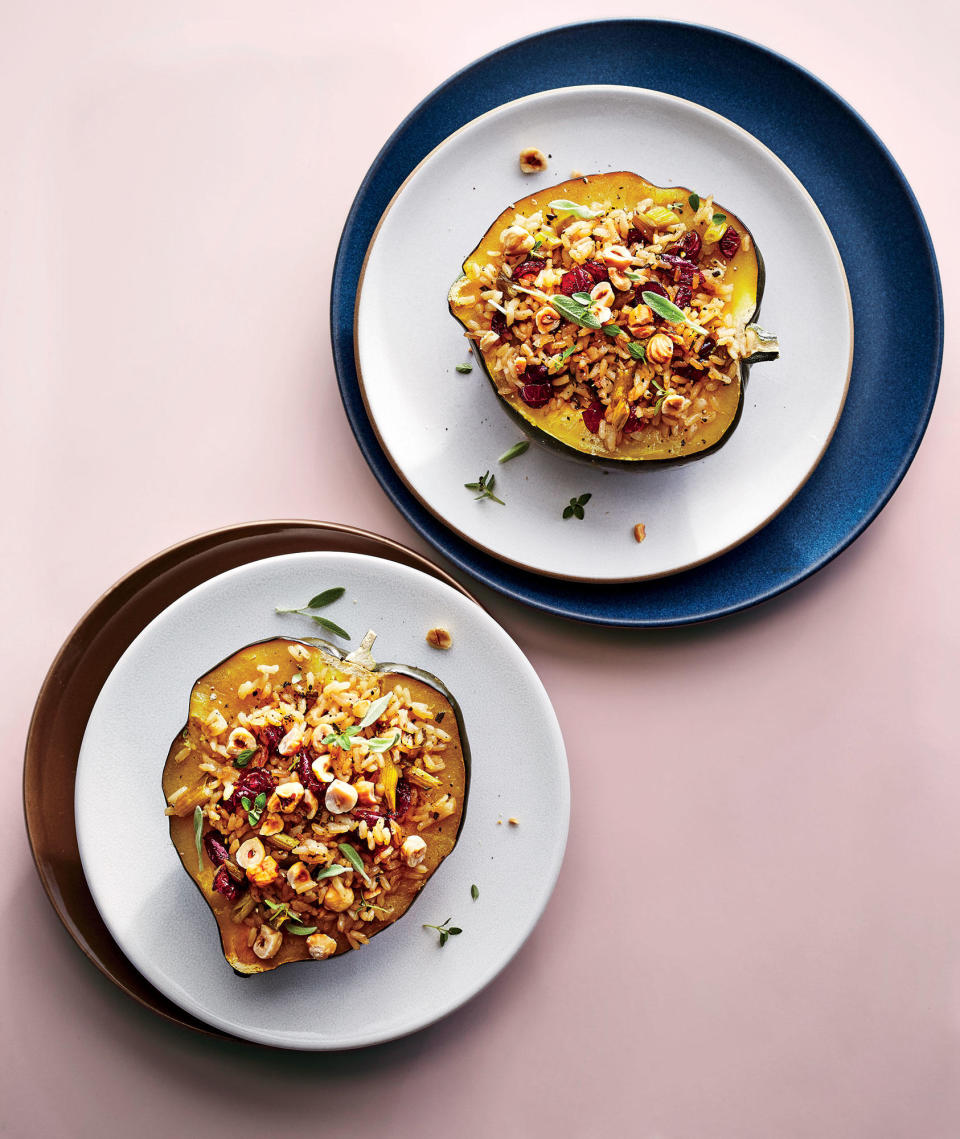The Food Snob's Guide to the Slow Cooker
The Challenge
"I'm not a morning person. I can't wake up early enough to do all the prep it takes to get the slow cooker going."
Our Solution
Make a recipe that gets better with age, such as chili or brisket, and cook it overnight while you sleep. In the morning, cool it lightly, get it in the fridge, and reheat it later for dinner. We keep prep to a minimum, but if you have more time, brown the meat for deeper flavor.
View Recipe: Pork Chile Verde

The Challenge
"The flavors are always too bland."
Our Solution
It's true that the long, slow cooking period mellows flavors. But bold spices in bold amounts will hold their own over time.
Here's we start with big flavor from a large amount of curry paste and fish sauce, and we finish with fresh touches of cilantro and lime juice that perk up the taste of the whole dish. Serve over a bed of brown rice or brown rice noodles to catch all the sauce.
View Recipe: Slow Cooker Thai Beef Curry

The Challenge
"I always end up with soup. Where does all that liquid come from?"
Our Solution
Anything you put in the slow cooker will release liquid as it cooks, and there's no way for that liquid to evaporate. If you're not careful, you will indeed end up with soup. Sometimes, it's best to add no liquid to the cooker.
Here, we toss onion wedges, baby potatoes, and large carrot chunks with oil and harissa (look for it with the hot sauces or in the global foods section). We then arrange seared chicken thighs on top and cook the mixture with no liquid added. Over the long cooking period, the chicken releases juices that baste the veggies underneath and create just enough sauce.
View Recipe: Chicken Thighs with Harissa Vegetables

The Challenge
"I know it's hands-free cooking, but why wouldn't I just make something in my Dutch oven in a fourth of the time?"
Our Solution
Trust us—some food does fare better with even, gentle, long low heat. Brisket is a prime example. It'll take you about three to four hours of oven or stovetop braising to get it tender, so why not go longer, lower, and unattended in the slow cooker for meat that's even more tender with less fuss?
Minimal seasonings combine with beef and onions so that the flavor focus is squarely on the brisket; a bright, pickled onion garnish balances all that beefiness.
View Recipe: Brisket with Melted and Pickled Onions

The Challenge
"Slow cooker recipes make a ton of food. I'm only cooking for two, and I don't want all those leftovers."
Our Solution
Hack the cooker so you can make smaller amounts. For a stew or braise, prepare a small batch, spoon into 8- or 10-ounce ramekins, and set them down in the cooker to slowly simmer to perfection while you're at work.
Here, eqch squash half is an edible vessel that's scaled to your needs. And we use a great technique that treats the slow cooker like a small steam oven: Ice cubes slow down the cooking so the squash doesn't run the risk of overcooking.
View Recipe: Acorn Squash with Sage-Cranberry Rice Stuffing

The Challenge
"Everything I make in the slow cooker turns into mush."
Our Solution
Choose ingredients wisely, understanding that some—delicate vegetables and many lean, boneless cuts of meat and poultry—are not meant to cook that long.
Whole-grain hulled barley works perfectly here, with a pleasantly chewy texture after eight hours. Pearled barley, however, would not fare so well, bloating to a mushy, unappealing texture. Also, strategize: Add last any delicate ingredients or ones that you want to make a textural impact. Herbs go in at the end here to stay pungent, as well as raisins, which retain some chew.
View Recipe: Lamb, Barley, and Apricot Tagine

Fixing a few pain points for your slow cooker can change how you plan weeknight dinners, and free you up for more recipe experimentation. Try a few quick fixes and see if you fall in love with your slow cooker again.

